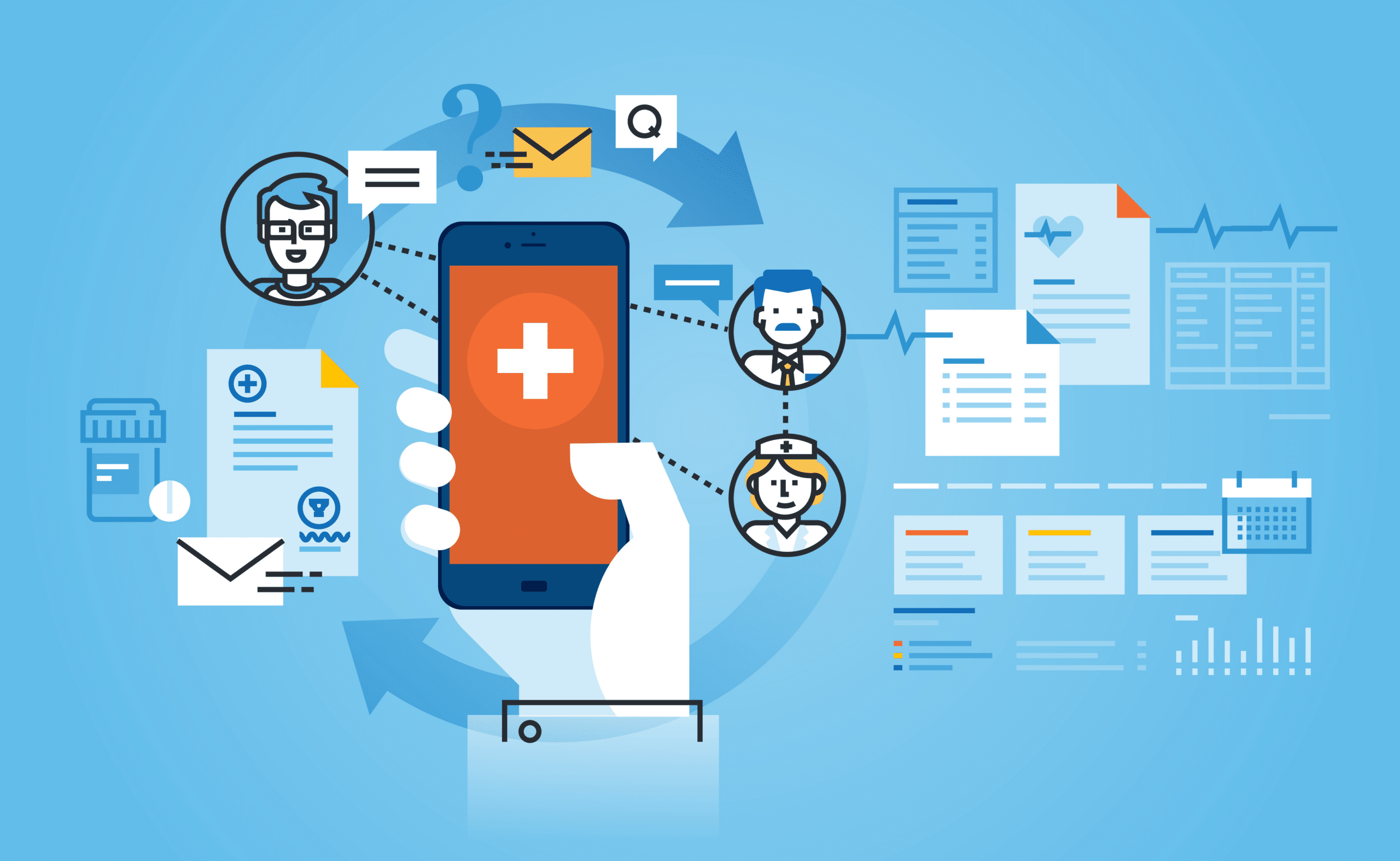Patient centricity. Patient-focused medicine. Patient-centric approaches.
These words have become so overused in the pharmaceutical industry that it’s hard to remember what they really mean: leading with empathy when it comes to serving patients.
Most patients engage with your pharmaceutical company because something is wrong. Whether it’s everyday aches and pains with ibuprofen, emergency lifesaving medication in an epi-pen, or battling a tough diagnosis with cancer drugs — patients aren’t at their best. And they may be taking more than just one medication at a time.
That’s exactly why you need to be on your A-game.
Understanding the entire patient journey — from symptoms to treatment to lifestyle changes — allows you to create a patient support program that truly lives up to the “support” in its name. Dealing with long-term or serious illnesses isn’t just about the medication, but includes logistical, financial, and psychological impacts.
Patient centricity in pharma matters for the bottom line
Pharma companies need to flip the paradigm of how they’ve always done things to build a stronger connection to the patient with patient centricity strategies. Technology today easily handles consent and compliance so you can acquire the data you need to view the experience of using your products from the patient’s point of view.
So, how can you be empathetic and put the patient at the forefront of every decision you make?
Listen to them. Organizations need to:
- Collect social listening data. What are people saying about your products on social media? What side effects are they talking about?
- Talk to patient advocacy groups. Understand what concerns they have and what you can improve. Learn what patient advocates say about your brand.
- Create patient advisory boards. The best way to understand how patients feel and think about your brand? Talk to them. Ask them questions and solicit feedback, positive and negative, about how they could feel more supported as they go through treatment. What kind of patient care can you provide?
The more data you have, the more you can start to put together a picture, combining qualitative insights with performance metrics you’re already tracking — and the better your patient centricity efforts will pay off.
Patient centricity in pharma means building better products
In a race to find a cure for a disease, pill design or packaging may be the last thing you’re thinking about. But how medicines get delivered in the real world matters in terms of the patient experience. What kind of patient care can you provide?
Take arthritis medications, for example. Arthritis often pops up in the hands, making them stiff, painful, and weak. So why do so many arthritis medications come with a child lock on top that is impossible for arthritis sufferers to open? That’s the type of empathy that matters — making sure you’re not only complying with regulations (and keeping children safe) but delivering medication in a way that patients can easily take it.
If you’re in the business of treating a particular disease, you have to know what it’s like to live with it.
Patient centricity in pharma means building better experiences
Ultimately, patient centricity comes down to building holistic experiences of how patients interact with your company, so that every touchpoint is a positive one. It may seem counterintuitive, but the more you put the patient at the center of everything you do, the more likely you’ll see a higher return on investment.
Let’s take genetic testing as an example. There’s a very logical way to approach genetic testing. You complete the test, and you give the results to the HCP. Your sales team may say, “I want medical data xyz collected right away.”
But that first interaction — say, when they’re receiving life-changing news about their predisposition for breast cancer or pregnancy complications — is probably not the right time. Instead, think about how you can support them in that moment. You don’t need 25 pieces of information from them to set up a phone call or follow-up with the physician to learn more. You really just need their phone number, consent, and email.
You can collect the other pieces of data later — when the patient is in a better frame of mind.
As you map out the patient journey, you may have goals at certain points, whether it’s for data collection, patient interaction, or medicine usage. The more you understand what patients want or need at those times — physically, mentally, and emotionally — the more successful those outcomes will be.
The technology that powers patient centricity in pharma
Scaling your business with empathy doesn’t mean you need to painstakingly handle every single contact. With the right technology in place, you can treat every customer personally — without overwhelming your business operations.
With Salesforce, you can:
- Ensure smooth and reliable access to medication with a single view of every account, so you can proactively communicate with patients or physicians to refill or receive prior authorization with active touch points
- Handle consent and compliance regulations with standardized data recording to ensure you can easily report anything from clinical trials to the FDA in a HIPAA-compliant way
- Track program performance and medicine adoption by combining multiple sources of data in one place, from time spent with patients to missed refills to social listening, so you’re building patient journeys that actually reflect patient behavior
- Enable your support specialists with milestones and markers for proactive outreach instead of reactive Q&A
Silverline can help you lead with empathy
With Silverline, we can help you install Salesforce Health Cloud — designed specifically for healthcare organizations — to get you started or perform a more complex initiative with integrations of Marketing Cloud or Interactive Studio. Our experienced team members come from across the healthcare industry and have a wealth of experience when it comes to building patient-centric customer journeys specifically in the health and life sciences and for pharmaceutical companies.
Want to learn more? Reach out.




